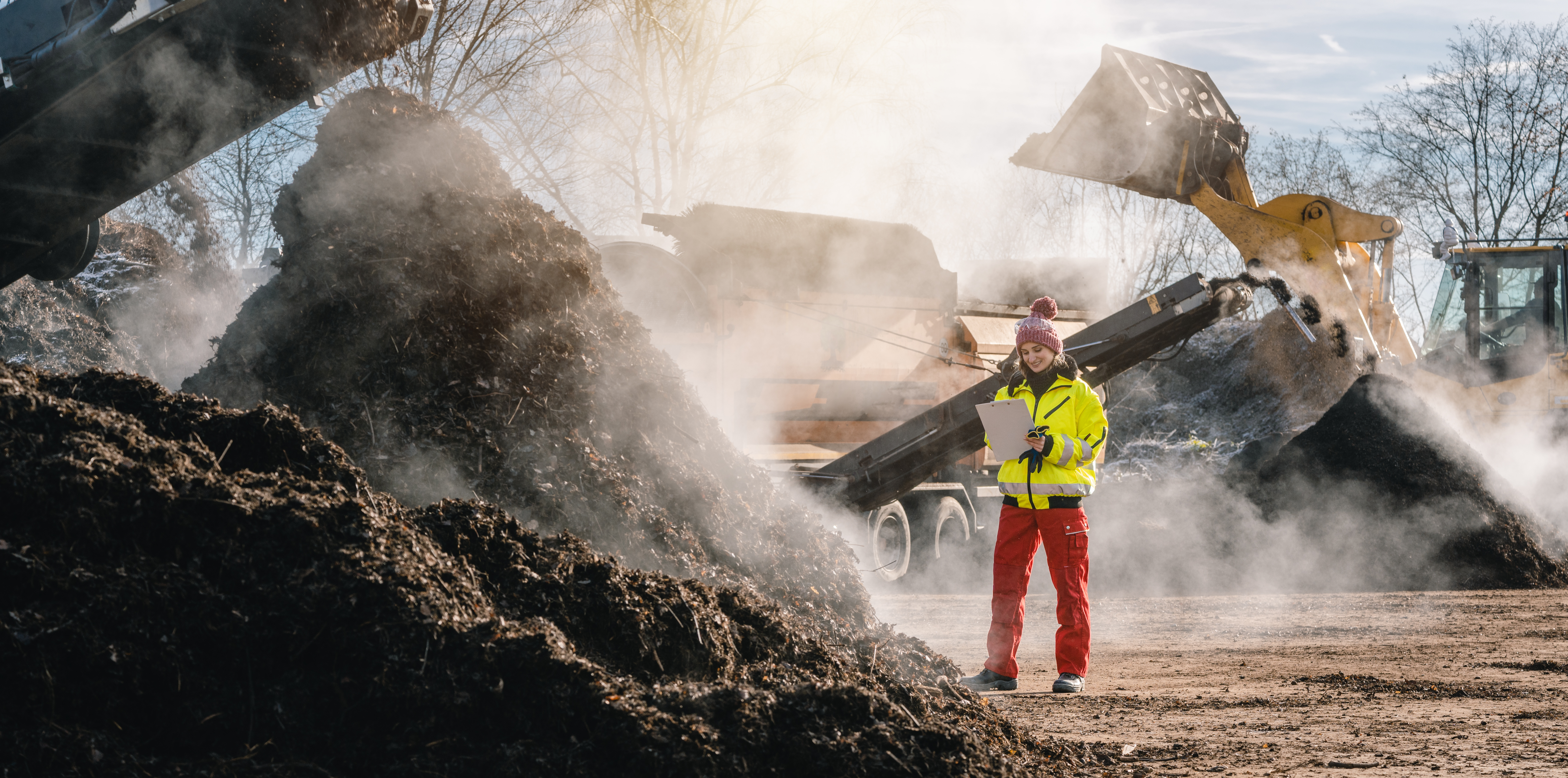International harbours with large chemical industrial clusters need to secure their own long-term operations. One strategy is to stimulate transition from a petrochemical cluster to a biochemical cluster. Availability of secure and cheap biomass sources is an important consideration in this transition process. It is a key factor to plan new biochemical activities in harbour locations. Major international harbours therefore have a large interest to understand availability of different biomass resources from the European mainland at different distances and at what cost biomass can be transported to the harbour.
We supported a harbour with their decarbonization ambitions by assessing biomass sourcing options according to their specific needs (e.g. amount, type and quality of biomass matching with the biotechnologies targeted). We assessed different aspects such as biomass type, quality, amount, harvest and logistics costs, and sustainability issues like potential land use change effects and potential impacts on greenhouse gas efficiency, biodiversity, water and soil quality. Together with the harbour, we investigated different biomass sourcing options for their needs calculating cost-supply relations for different types and amounts of biomass delivered in the harbour location. For this we used different high resolution statistical and spatial data sources and advanced spatial analysis techniques including spatial models like LocaGIStics, EFISCEN, MiterraEurope, and crop growth simulation models.
The harbour has used our services to inform new and existing companies about biomass sourcing options from the European mainland (hinterland of the harbour). By providing this information, industries were supported in making decisions about setting up new biochemical activities in the harbour.
